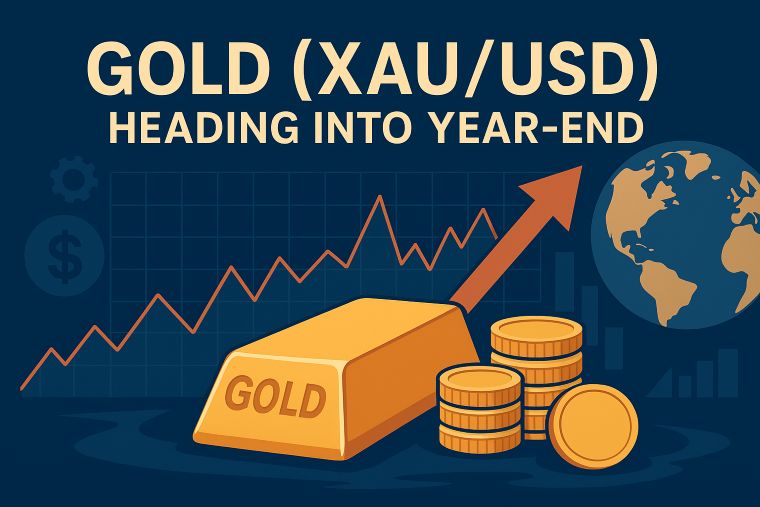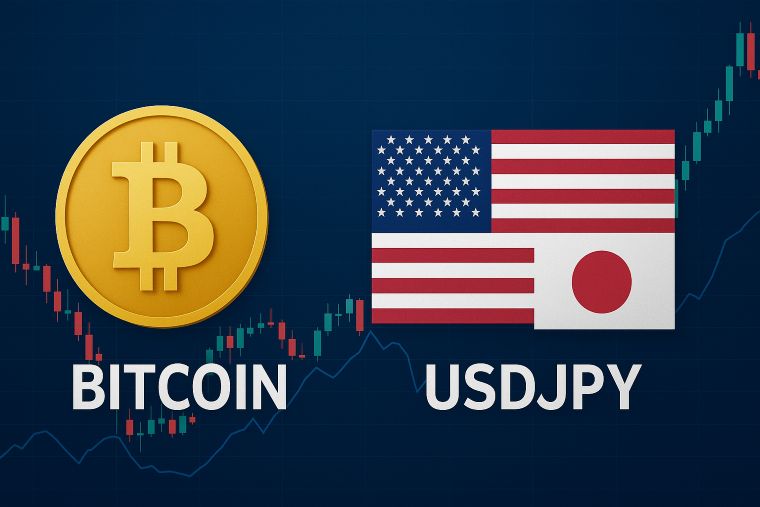3 min to read
Dollar Climbs with Bond Yields
FX Market Outlook for Traders

Dollar Climbs with Bond Yields: What Traders Need to Know
In the latest foreign exchange developments, the U.S. dollar surged alongside Treasury bond yields, signaling a renewed appetite for the greenback as global investors recalibrate their expectations on interest rates, inflation, and risk sentiment. For FX traders, this move is more than a headline—it’s an actionable market signal with direct implications for USD pairs.
Why the Dollar Is Rising with Bond Yields
The connection between the dollar index (DXY) and U.S. Treasury yields remains one of the most reliable drivers in global markets. When yields climb, they reflect stronger demand for U.S. assets and higher return expectations on dollar-denominated securities. This naturally supports the dollar, particularly against low-yielding currencies such as the Japanese yen (JPY) and the euro (EUR).
Recent data pointing to sticky inflation and resilient U.S. growth has convinced investors that the Federal Reserve may keep interest rates elevated longer than initially expected. As a result, yields on the 10-year and 2-year Treasuries climbed, pulling the dollar higher across the board.
Market Reactions Across Major Pairs
- USD/JPY: The yen remains under pressure as widening yield differentials favor the dollar. Traders are watching closely for any verbal intervention from Japanese officials.
- EUR/USD: The euro struggles as the European Central Bank signals caution while the Fed stays hawkish. A stronger dollar weighs heavily here.
- GBP/USD: Sterling has shown resilience but is unlikely to escape the gravitational pull of rising U.S. yields.
For emerging market currencies, the surge in yields often triggers capital outflows, adding further upward momentum to the dollar.
Why This Matters for Traders
For FX traders, this environment creates volatility and opportunity. Dollar strength driven by yields is not a one-day story—it often defines medium-term trends. Whether you are trading major pairs or looking at commodity-linked currencies like AUD and CAD, yield dynamics can shape both entry and exit strategies.
Moreover, the bond market’s message often precedes central bank moves. By following Treasury yields, traders gain an edge in anticipating future shifts in dollar direction.
Setting Up for the Next Move
Investors now face a critical question: will yields keep climbing, or is this a peak before a correction? Key U.S. economic data—particularly CPI, PPI, and labor market releases—will play a decisive role.
If yields stabilize or fall, the dollar could give back some of its recent gains. But if they continue to rise, expect further USD appreciation, especially against currencies where central banks are hesitant to tighten policy further.
Trading Implications for Major FX Pairs
Here’s a snapshot of key pairs, with near-term outlooks based on current momentum:
| Pair | Recent Move | Key Driver | Trader Outlook (Next 1-2 Weeks) |
|---|---|---|---|
| EUR/USD | -0.25% (to ~1.0850) | Widening US-EU yield gap | Bearish; target 1.0800 if yields hold >4.3%. Support at 1.0900. |
| USD/JPY | +0.40% (to ~145.50) | Yen political risks + high US yields | Bullish; eye 147.00, but watch BoJ intervention risks. |
| GBP/USD | -0.35% (to ~1.3050) | UK borrowing data misses | Neutral-bearish; 1.3000 in play on weak sterling. |
| USD/CAD | +0.20% (to ~1.3650) | Oil rebound caps CAD gains | Mildly bullish; resistance at 1.3700 amid tariff fears. |
| AUD/USD | -0.30% (to ~0.6650) | Risk-off hits commodity currencies | Bearish; 0.6600 test if equities weaken further. |
Final Thoughts: Positioning for Opportunity
The rally in the U.S. dollar with bond yields underscores a timeless market principle: money flows where returns are highest. For traders, this is a reminder that FX is not just about currencies but also about global capital flows.
If you’re looking to position yourself for the next wave of opportunities, now is the time to stay ahead of the curve, follow bond markets closely, and ensure you have access to a trading platform that delivers speed, analysis, and flexibility.
Whether you are trading short-term momentum or long-term trends, the dollar-yield connection will remain a key driver in 2025. Don’t just watch the market—participate in it.
Visit XM Official Website.

